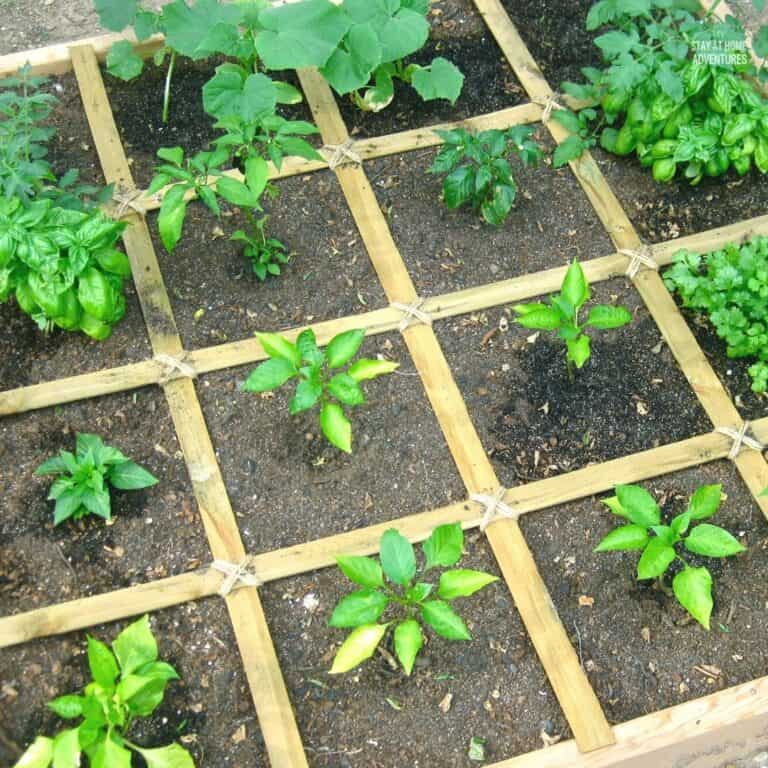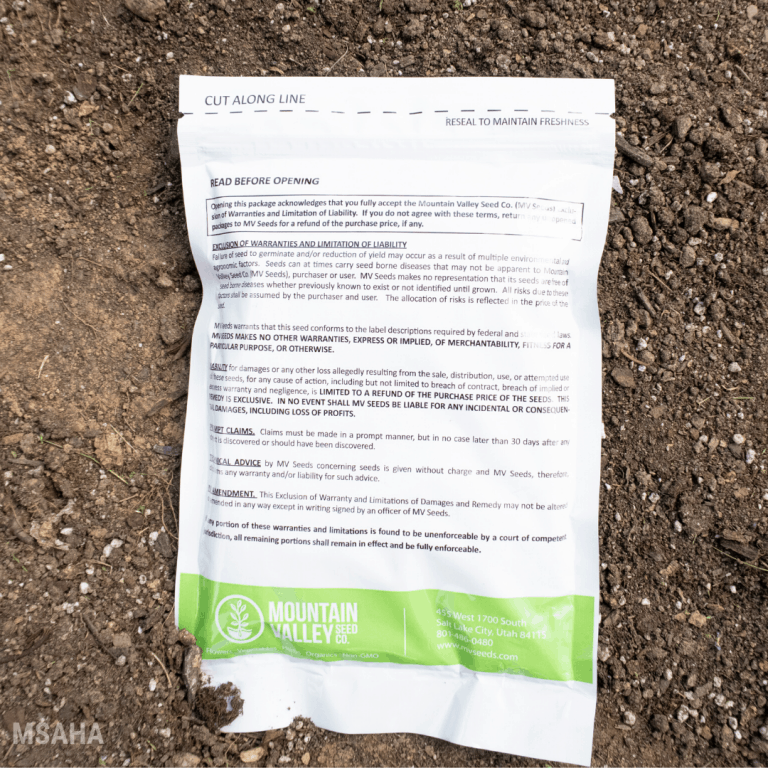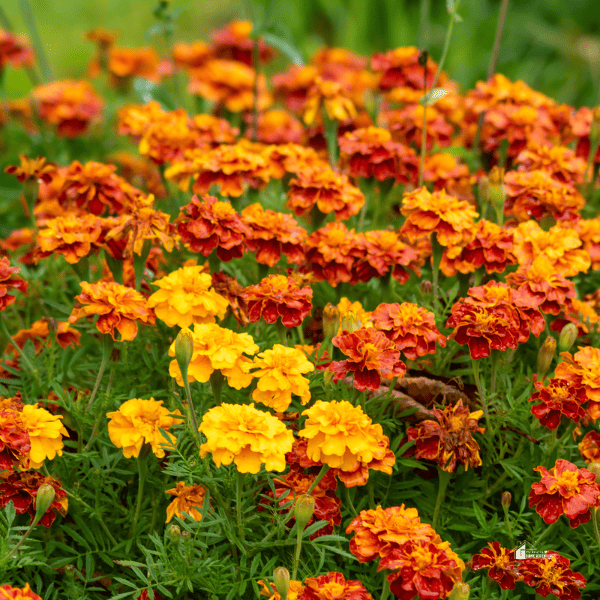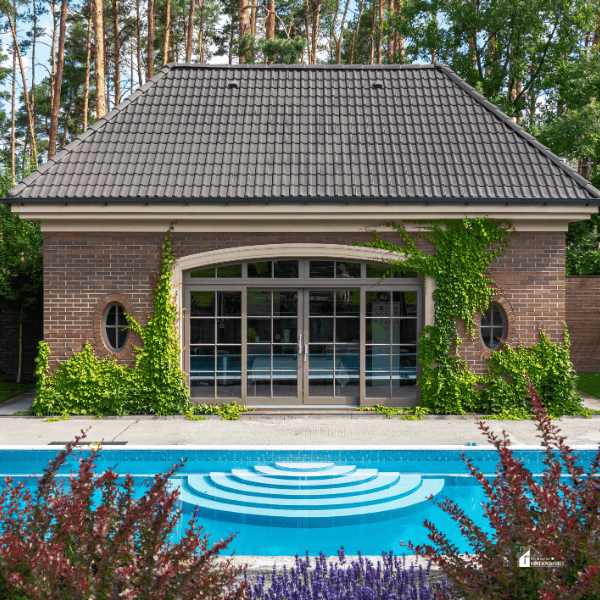Best Landscaping Plants
This post may contain affiliate links which might earn us money. Please read my Disclosure and Privacy policies hereA beautiful, well-maintained landscape can greatly impact your property's overall look and feel. When it comes to landscaping, choosing the right plants is crucial. The best landscaping plants are those that not only add color and texture to your outdoor space but are also low-maintenance and easy to care for.
Whether you're looking to create a lush garden, a privacy hedge, or add some curb appeal, many options can meet your needs.
I will share some of the best landscaping plants that are sure to enhance the beauty and value of your property while requiring minimal upkeep.
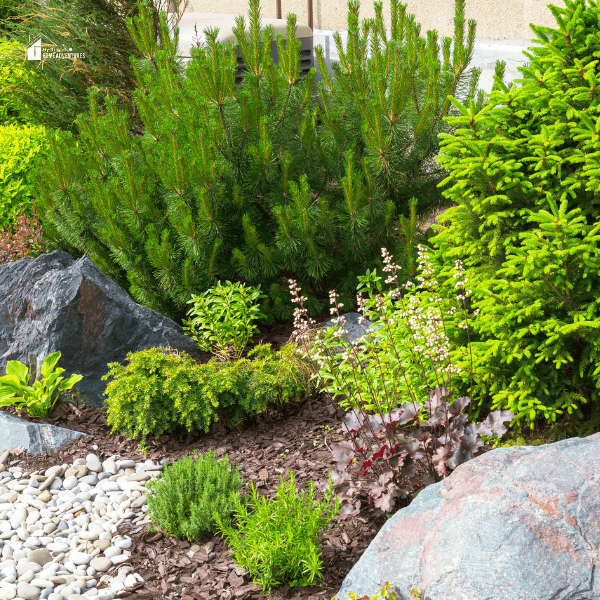
What is the best low-maintenance shrub?
The best low-maintenance shrub depends on your specific needs and the growing conditions in your area. However, here are some of the most popular and easy-to-care-for shrubs that require minimal maintenance:
| Plants | Height | Growing Conditions | Specific Needs |
| Daylilies | 1-4 ft | Full sun to partial shade; well-drained soil | Regular watering and fertilization |
| Hostas | 1-3 ft | Partial to full shade; moist, well-drained soil | Consistent watering and occasional fertilization |
| Sedum | 6-12 in | Full sun; well-drained soil | Infrequent watering and fertilization |
| Russian Sage | 3-5 ft | Full sun; well-drained soil | Minimal watering and fertilization; good airflow |
| Coneflowers | 2-4 ft | Full sun to partial shade; well-drained soil | Regular watering and fertilization |
When choosing low-maintenance plants for landscaping, consider the plant's specific needs, mature size, and ideal growing conditions. All of the plants listed in the table are easy to care for and require minimal upkeep.
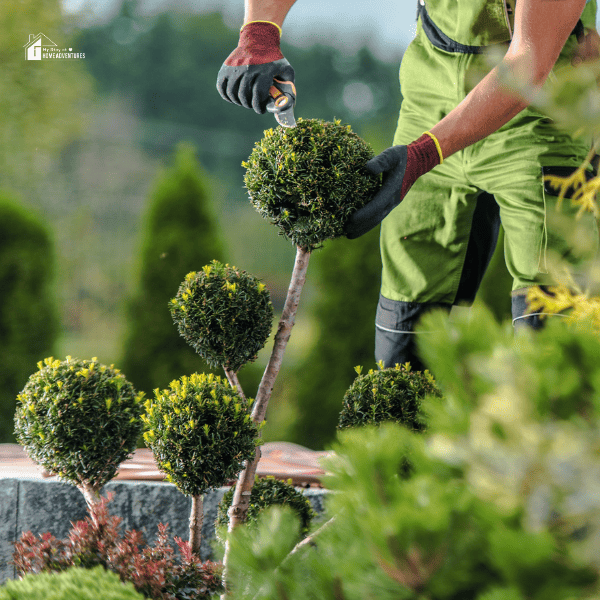
What plants are best for low maintenance?
Many plants are considered low maintenance and require minimal care. Here are some popular options:
- Succulents: These plants store water in their leaves, making them drought-tolerant and requiring minimal watering. They come in various colors and shapes and are ideal for indoor or outdoor settings.
- Hostas: These shade-loving plants are easy to grow and require little maintenance, making them popular for landscaping under trees.
- Juniper: This evergreen shrub is tolerant of extreme temperatures, drought, and poor soil conditions, making it a great choice for low-maintenance landscaping in difficult areas.
- Lavender: This fragrant herb requires minimal watering once established and can add beautiful color and scent to your garden. It's also known for its stress-relieving properties, making it a great addition to outdoor spaces.
- Coneflowers: These hardy perennials require minimal watering and can bloom all summer long. They come in various colors and are great for attracting pollinators to your garden.
- Daylilies: These low-maintenance perennials offer stunning blooms over several weeks in the summer and require minimal care once established.
Overall, low-maintenance plants are a great option for those looking to add beauty to their indoor or outdoor spaces without spending a lot of time caring for them. When choosing a plant, it's important to consider its specific needs and growing conditions to ensure it fits your space correctly. If you have the budget, please call a professional landscaping company to help.
What plants are best year-round?
Plants that provide year-round interest in the landscape are a great way to ensure that your outdoor space looks beautiful and inviting throughout the seasons. Here are some popular options for plants that thrive throughout the year:
- Evergreen trees and shrubs: These plants retain their leaves or needles throughout the year, providing a constant source of greenery and texture to the landscape. Some popular evergreen options include boxwood, juniper, holly, and spruce.
- Ornamental grasses: These plants add movement and texture to the landscape, and many varieties retain their form and color throughout the winter months. Some popular options include feather reed grass, miscanthus, and fescue.
- Winter-blooming shrubs: These plants provide a pop of color during the winter months when many other plants are dormant. Some popular options include winter jasmine, witch hazel, camellia, and mahonia.
- Hellebores: Also known as Lenten roses, hellebores bloom in the late winter or early spring, providing a splash of color during an otherwise bleak time of year. They come in a variety of colors and can tolerate shade.
- Berries: Many types of berry bushes retain their fruit through the winter months, providing a source of food for wildlife and adding visual interest to the landscape. Some popular options include winterberry holly, beautyberry, and elderberry.
Overall, choosing a mix of evergreen plants, ornamental grasses, and winter-blooming shrubs can ensure that you have a year-round interest in your landscape.
When selecting plants, it's important to consider their specific needs and growing conditions to ensure they will thrive in your area.
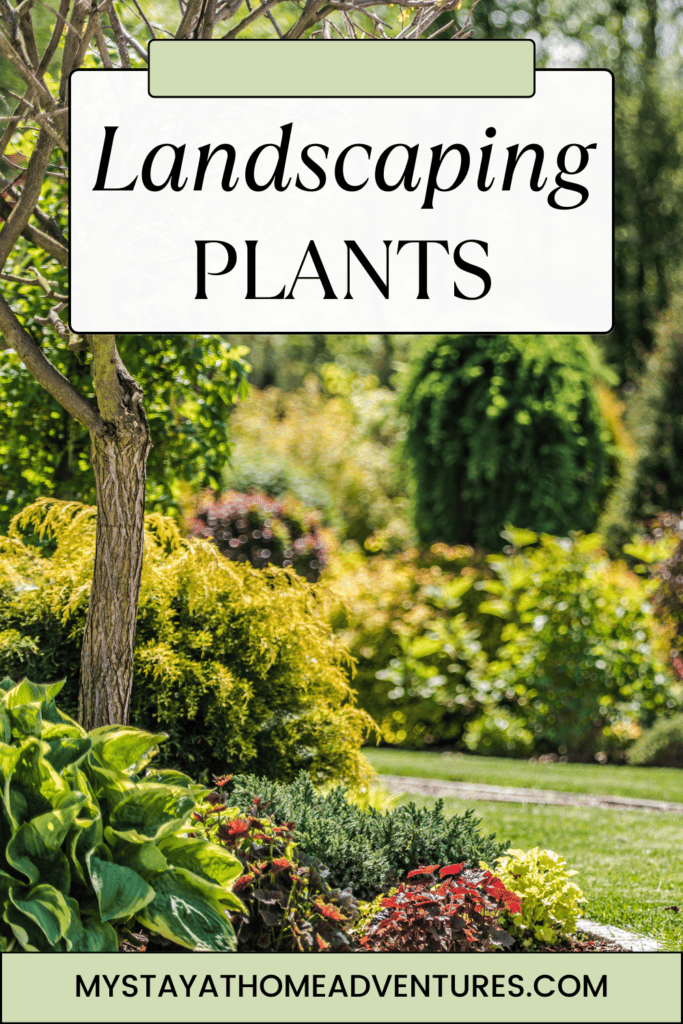
What is the easiest landscaping to maintain?
The easiest landscaping to maintain typically includes plants that require minimal care and upkeep. Here are some tips for creating an easy-to-maintain landscape:
- Choose low-maintenance plants: Look for plants that are known for their hardiness, disease resistance, and tolerance to drought or other harsh conditions. Examples include succulents, ornamental grasses, and native plants.
- Plan for simplicity: Keep your landscaping design simple and uncluttered, with clean lines and minimal ornamentation. This will make it easier to maintain and reduce the amount of time and effort required to keep it looking good.
- Use mulch: Mulching around plants helps retain moisture in the soil, suppress weeds, and regulate temperature. It also reduces the amount of watering and weeding required, making it a great time-saver.
- Group plants by water needs: Grouping plants together based on their water needs can make watering more efficient and reduce the amount of time and effort required. For example, group succulents together in a dry area and place water-loving plants in a low-lying area that receives more moisture.
- Automate watering: Consider installing an irrigation system or using a drip hose to make watering more efficient and less time-consuming.
Overall, the easiest landscaping to maintain is one that includes low-maintenance plants, a simple design, and efficient watering methods. By following these tips, you can create a beautiful outdoor space requiring minimal care and effort.


